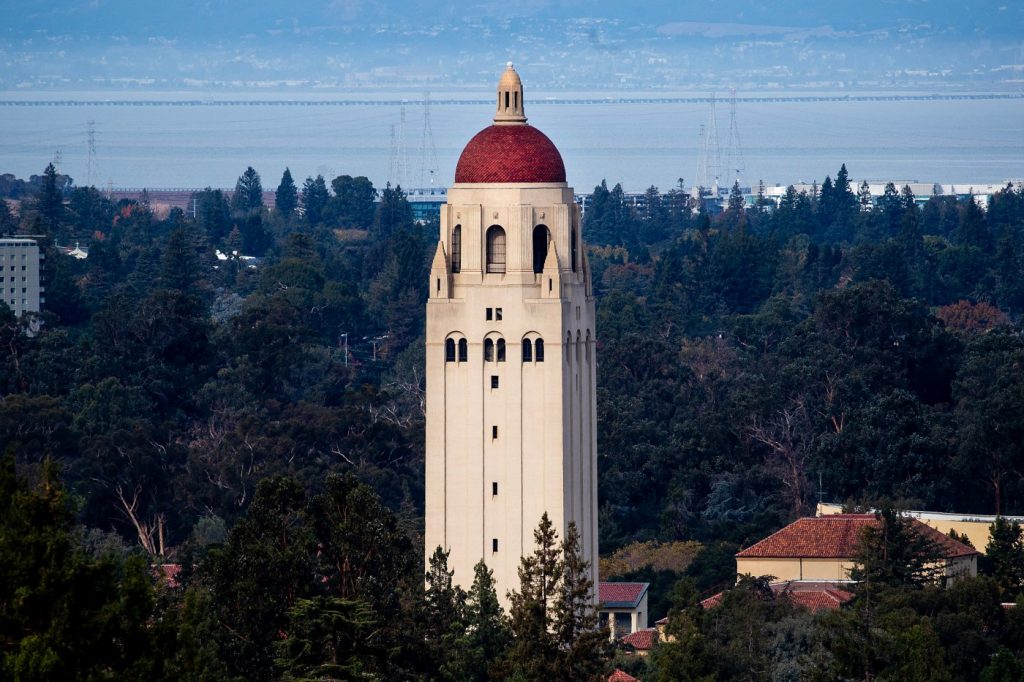BY MIKHAIL ZINSHTEYN | CalMatters
Nathan Reyes lives with his family five minutes from Cal State Los Angeles, where he’s paying close to nothing to earn a bachelor’s degree that typically lands graduates a salary of $62,000 within five years of completing college.
He’s one of hundreds of thousands of California low-income students who attend colleges that, because they’re affordable enough, cost the equivalent of a few months of a typical salary that students earn within a few years of graduation.
A new report today compares California’s colleges by analyzing how long it would take low- and moderate-income students to recoup the money they spent to earn a college credential. It shows that many community colleges, Cal States and University of California campuses — all public campuses — have better returns on investment than most nonprofit private colleges and for-profit institutions.
Reyes’ only expenses are car upkeep, gas, a few books and helping his family with some housing costs. The third-year student didn’t need to take out loans.
“I feel very lucky,” Reyes, a communications major, said. “In high school, I was always stressing about, ‘Oh, man, I’m gonna have a whole bunch of debt racked up after college’. And now that I’m in my third year, I don’t have to worry about any of that.”
Reyes, who’s 20 years old, receives state grants to cover all his tuition and federal aid for other academic and living expenses. He also works for a state volunteer program that pays students a stipend.
Report calculates time it takes to recoup cost of degree
The report was commissioned by College Futures Foundation, a nonprofit that promotes college completion. The report merges several concepts into one number:
The net price of a college degree after all financial aid is calculated
The typical earnings 10 years after a student first enrolls in a school
How much higher those wages are compared to what young adults earn with just a high school diploma.
It defines low- and moderate-income households as those earning below $75,000 annually.
The data, all from the federal government, show that the time it takes to recoup the net costs of earning a degree at Cal State San Bernardino is less than three months. That’s because low-income students there incur about $5,000 in out-of-pocket expenses if they finish in four years. Within a few years they earn about $53,000 a year — double what young adults with only a high school diploma make.
At Cal State Los Angeles, the time to recoup the net costs of earning a bachelor’s is also less than three months of a typical post-college annual salary.
“This is really a first-of-its kind look,” said the report’s author, Michael Itzkowitz, who headed the federal government’s first consumer tool for comparing college costs under the Obama administration. The approach is a mathematical way of demonstrating which colleges confer economic value to students beyond what a high school diploma would.
A CalMatters analysis of Iztkowitz’s data found that the average time needed for a student to recoup their net costs is about two years at public institutions and a little over three years at nonprofit private colleges in California.
Some of those private campuses are as affordable as a Cal State, UC or community college after factoring in financial aid. Stanford University costs low-income students nothing. However, only 4% of students who apply are admitted, while all but three Cal States admit more than 70% of the students who apply. Most undergraduates in California attend a public institution.
Pitzer, Pomona and the University of Southern California and several other highly selective nonprofit private colleges cost students less than a year’s worth of the typical salary they’ll earn within a few years of completing their degree.
Return on investment varies by college
While some for-profit colleges have strong returns on investment, most do not.
Related Articles
UC Santa Cruz Palestinian solidarity encampment marks one week
Opinion: California restricts police response to protests. So why bean bag shotguns at UCLA?
Granderson: Here’s one way to bring college costs back in line with reality
Goldberg: Senators need to stop the Anti-Semitism Awareness Act
Protesters breach barricades, re-occupy MIT encampment
It takes nearly 13 years for students attending this often-scrutinized segment of higher education to recoup their costs, Itzkowitz’s calculations show. California’s Department of Justice has sued several for-profit colleges, accusing them of deceitful practices, and won large financial judgments and settlements.
And that doesn’t even account for the 22 for-profit institutions that show no return on investment, meaning students from those schools earned no more than what a young adult with just a high school diploma makes. In the report, 24 campuses in total, or 8% of all California colleges, showed no return on investment, including two small nonprofit private colleges.
“There are for-profit institutions that can offer an affordable education and good employment outcomes and they’re recognized within the data,” Itzkowitz said. “But what we also see is that there are a disproportionate amount that show more worrisome outcomes for students in comparison to other sectors.”
Most California for-profit colleges, however, predominantly issue certificates, which are shorter-term credentials that don’t regularly lead to the economic gains associated with bachelor’s degrees.
At 79% of California institutions in the report, low and moderate-income students typically recoup their costs in five years or less. For nearly a third of campuses, it was less than a year.
For many students, the ultimate costs of a degree will be higher than the data published today. That’s because they need more than two years to earn an associate degree or beyond four years to earn a bachelor’s, assuming they graduate at all. The longer they chase a degree, the less time they spend in the workforce earning the higher salaries that come with a college credential. Also, the federal net price data has limits: It only calculates what full-time freshmen pay. Students attending part time will experience different annual costs.
But the basic trend remains the same: State and federal financial aid at public campuses plus typical salaries that far exceed the wages for those with a high school diploma make college worth the investment.
Itzkowitz plans to produce a follow-up report that measures the return on investment by major. His organization, the HEA Group, produced an analysis of typical wages by major last year. Some majors lead to higher wages than others, which can skew school-wide results.
The data in today’s report show variation within public universities, too, even in the same city. UCLA’s net price-to-earnings ratio is about seven months and its students tend to earn more than those from Cal State LA after graduating. But the typical cost of a degree after four years for low-income students is roughly $31,000 — far higher than the $5,500 at Cal State LA, which is 20 miles away.
“I wanted to go to UCLA, but it was too expensive for me,” Reyes said. “I did get accepted.”
Like he did at Cal State LA, he would have probably qualified for the Cal Grant, which waives tuition at public universities. But the distance from home would have forced him to either live in a UCLA dorm or commute about two hours daily between home and the crosstown campus. Housing, not tuition, is usually the largest expense for students at public universities. Borrowing money was out of the question for him.
So was a long drive to UCLA. “If I ended up missing a class or something, I’d beat myself up over it,” he said.
For the record: College Futures is a funder of CalMatters. Our news judgments are made independently and not on the basis of donor support.


